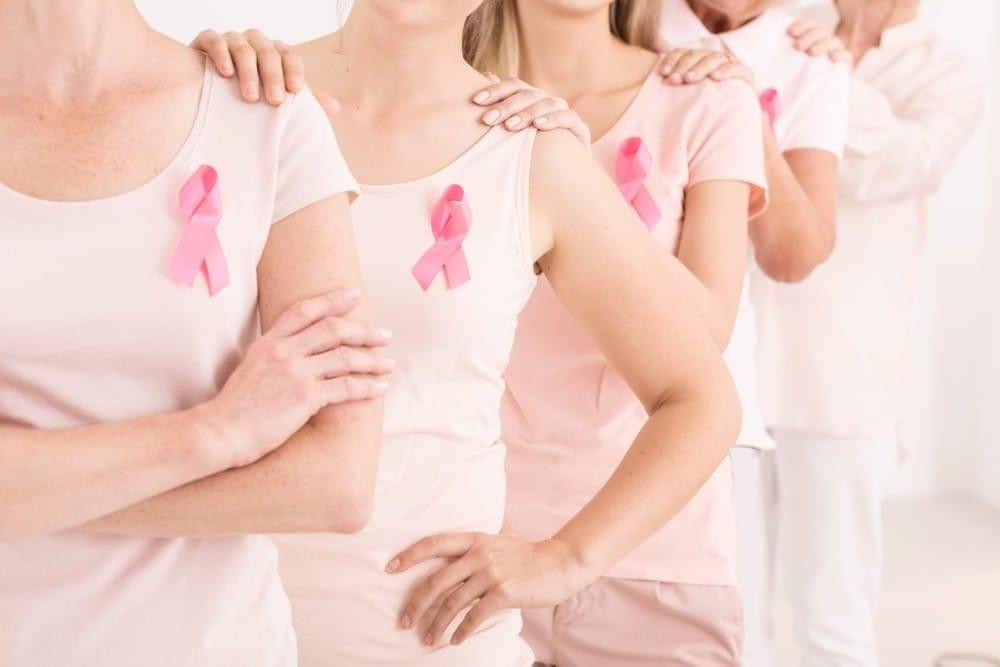Lymphoedema
What is Lymphoedema?
-It is a swelling which occurs due to accumulation of fluid in the tissues of the body
-The swelling usually affects the arm and can involve the hand and fingers. The swelling can also affect the breast, chest, or shoulder.
- It can occur as a result of damage to the lymphatic system, for example due to surgery or radiotherapy to the lymph nodes under the arm and the surrounding area.
The Lymphatic system:
-The lymphatic system aids the body in getting rid of waste products and also in fighting infections. It consists of lymph nodes and small tubes called lymphatic vessels.
- Vessels transport a fluid called lymph fluid to the lymph nodes. Lymph nodes filter waste and bacteria. They can also filter out cancer cells that have spread from breast cancer.
What causes lymphoedema?
-Some women develop lymphoedema of the arm after surgery or radiation therapy of the lymph nodes under the arm and the surrounding area.
-Some or all of the lymph nodes under the arm can be removed during breast surgery to check if there are any cancer cells.
This can affect the ability of the lymphatic system to drain fluid in this area, and lymphatic fluid can accumulate in the surrounding tissues.
- Sometimes the lymphatic swelling of the arm can be due to cancer cells blocking the lymphatic system.
Swelling may occur shortly after surgery, radiation therapy or chemotherapy, but it can also occur after many years and may occur due to an arm injury or skin infection.
Who is at risk for lymphoedema of the arm?
- You may be at risk for lymphedema of the arm if:
• You have had surgery on your lymph nodes: The risk of lymphedema of the arm is lower when a sentinel lymph node analysis is performed rather than a complete lymph node removal
• You have had radiation therapy to your lymph nodes
• You are overweight
• You have limited arm movement
• You have had cellulitis (a sudden infection of the skin and tissues)
What are the symptoms of lymphoedema of the arm?
- Symptoms of swelling vary from one woman to another, and many women who develop lymphedema of the arm have only mild symptoms that can be well controlled.
The swelling may:
• Come and go at first
• Be worse at the end of the day
• Be worse after strenuous activity or in hot weather
- Clothes (especially your bra) and jewellery (especially rings and bracelets) may feel tighter than usual.
How can you reduce your risk of developing arm lymphedema?
- Maintain a healthy body weight
- Eat a healthy diet
- Exercise regularly
- Use oven gloves when cooking
- Unless you regularly do heavy lifting, ask for help with carrying luggage or heavy shopping, or when moving furniture.
- Be careful when cutting your nails
- Be sure to use wax or a razor to remove hair from under your arm
- Hair removal cream can be used, but check first that you are not allergic to the cream
- Keep any wounds clean and use an antiseptic cream; contact your doctor if you think you have an infection
